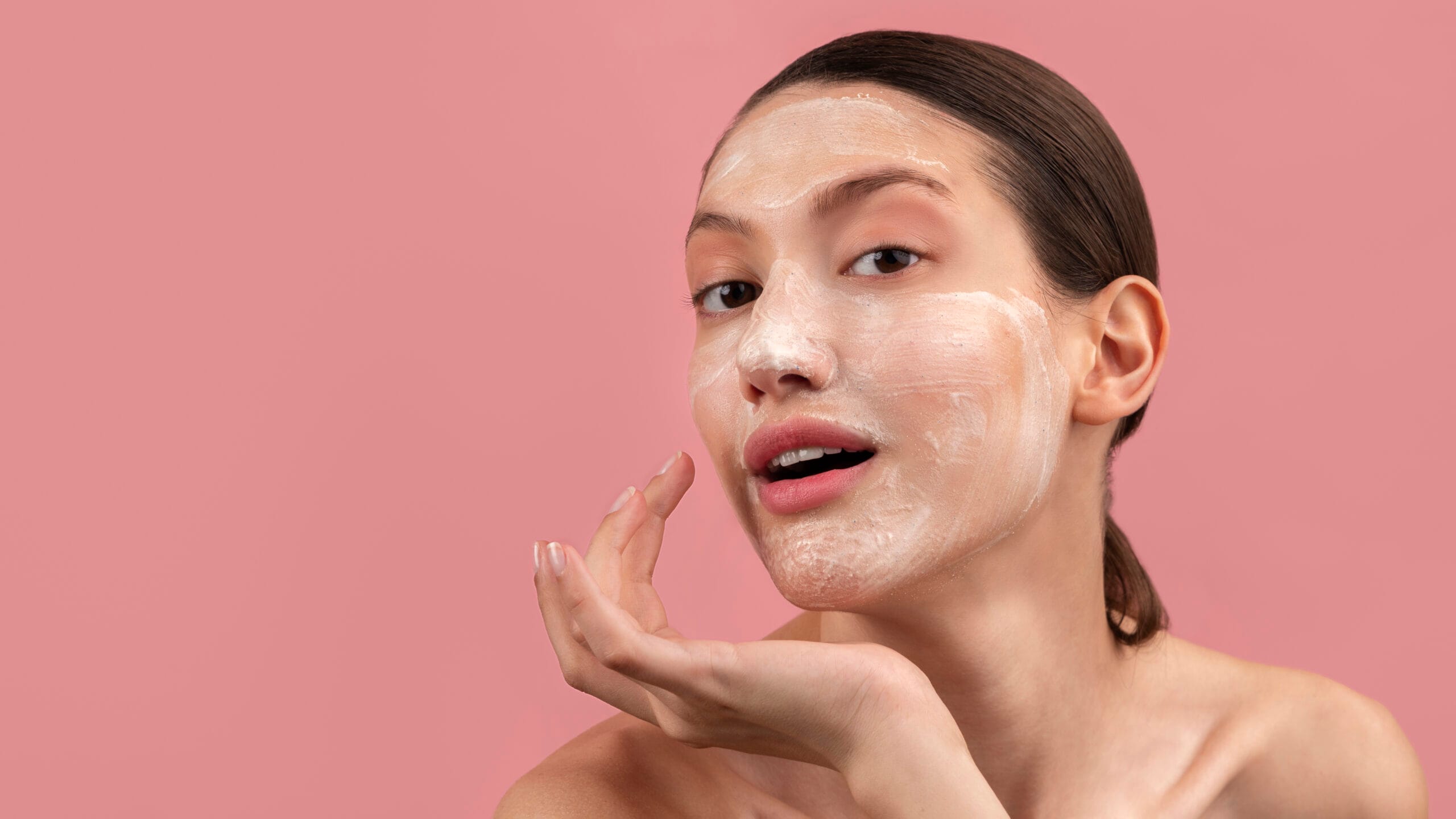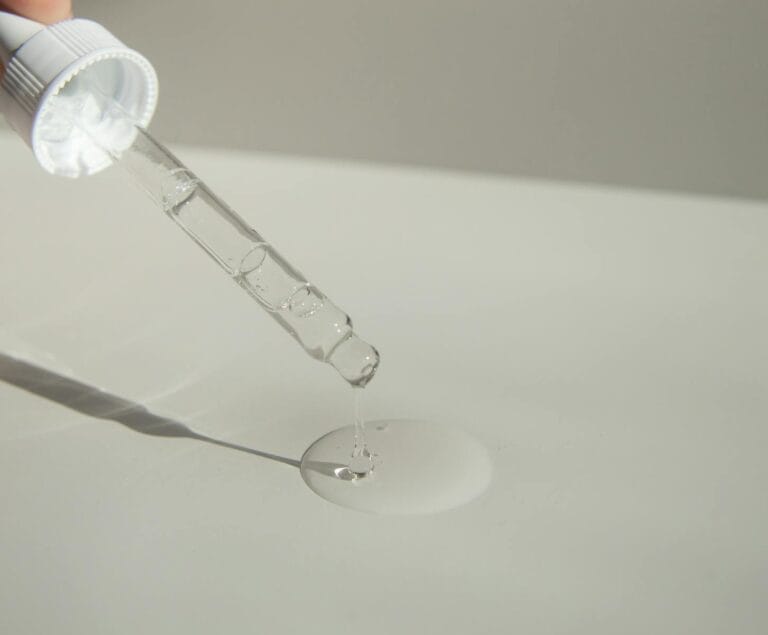
Physical vs Chemical Facial Exfoliation: Which Exfoliation is Good for Your Skin?

What is Exfoliation?
Facial exfoliation is the process of exfoliating or removing dead skin cells. It also aims to remove dirt, such as dust, makeup residue, and dead skin cells.
Dead skin cells are skin cells that are no longer active and no longer function as part of the living skin layer. This process occurs naturally as part of skin regeneration, where the body periodically replaces old or damaged skin cells with new cells. Actually, dead skin cells will shed naturally every 28-30 days. However, there are several factors that can inhibit shedding and result in the accumulation of dead skin cells. As a result, the skin will look dull, dry, and unable to absorb skin care products optimally. One way to remove dead skin cells is to exfoliate the skin.
How Does Physical Exfoliation Work?
Exfoliating the skin, especially the face, can be done in two ways, namely physical exfoliation and chemical exfoliation. Physical exfoliation is a method of removing dead skin cells which is done by using tools to scrub the surface of the skin. Tools commonly used include sponges, washcloths, or facial brushes. Scrubs are also included in the physical exfoliation category, because their use involves direct friction on the skin. However, this method has the potential to cause irritation, so it is recommended for normal and oily skin.

How Does Chemical Exfoliation Work?
In contrast to physical exfoliation, chemical exfoliation uses acidic ingredients as agents to remove dead skin cells. This process is considered gentler than physical exfoliation, so it is suitable for all skin types, including sensitive skin or those prone to acne. Chemical exfoliation generally uses two types of acid, namely alpha-hydroxy acid (AHA) and beta-hydroxy acid (BHA). The nature of the acid can help the skin exfoliation process because of its ability to break down or dissolve the bonds between dead skin cells in the outermost layer of the skin (stratum corneum). Acid works effectively because its pH is lower than the skin's natural pH, which is around 4.7–5.5. This acid lowers the skin's pH which helps shed dead skin cells without damaging the healthy skin layer.

Advantages and Disadvantages of Physical and Chemical Exfoliation
There are advantages and disadvantages to each method, it is a choice that is tailored to your skin type and needs. The advantage of physical exfoliation is that it is an easy process because the tools used are simple, such as scrubs and cloths, and do not require special skills. However, it is not appropriate if it is intended for people with sensitive skin because this exfoliation involves quite an intense friction process so that thin and dry skin is at risk of irritation and thinning of the skin. The macro particle size of the scrub cannot penetrate the layers of the skin so it is less effective in treating the problem of hyperpigmentation or clogged pores.
Behind this, there are advantages to using chemical exfoliation, including speeding up the process of skin cell replacement. Acids can penetrate deeper layers of the skin so that they are more effective in treating pigmentation problems and clogged pores. The minimal physical friction that occurs makes the skin condition safer from irritation. The acid concentration used must also be appropriate to avoid excessive peeling or allergies. However, the use of chemical exfoliation requires the user to avoid UV rays because new skin cells that are regenerating are vulnerable to UV rays.
From the several points that have been explained, these two methods are considered effective in dealing with the buildup of dead skin cells. Always pay attention to the risks that users can experience because both have advantages and disadvantages depending on the condition of the skin. Use the safest method with minimal risk so that you get maximum results.
Skincare Lab Testing for Exfoliating Products
Ensure your exfoliation product is safe and effective with skincare lab tests at IML Research. Skincare lab testing helps ensure active ingredient levels, potential irritation, and formulation safety so your products can work optimally without user risk. Don't let uncertainty hinder the quality of your product; test it now at IML Research and ensure your product meets standards!
Author: Delfi, Editor: Sabilla
References :
Dewiadjie, S. A., Jelita, R. A. G., & Parwati, T. (2022). Efek terapi penggunaan AHA (alpha hydroxy acid) sebagai chemical exfoliating pada produk kosmetik. Acta Holist. Pharm., 4(1), 7–14.
Ghadage, P. K., Mahamuni, S. S., Kachare, D. S., & Kachare, M. D. (2021). Formulation and evaluation of herbal scrub using tamarind peel. Research Journal of Topical and Cosmetic Sciences, 12(1), 39-42.
Grajqevci-Kotori, M., & Kocinaj, A. (2015). Exfoliative Skin-peeling, Benefits from This Procedure and Our Experience. Medical archives (Sarajevo, Bosnia and Herzegovina), 69(6), 414–416. https://doi.org/10.5455/medarh.2015.69.414-416
Packianathan, N., & Kandasamy, R. (2011). Skin care with herbal exfoliants. Functional Plant Science and Biotechnology, 5(1), 94-97.



